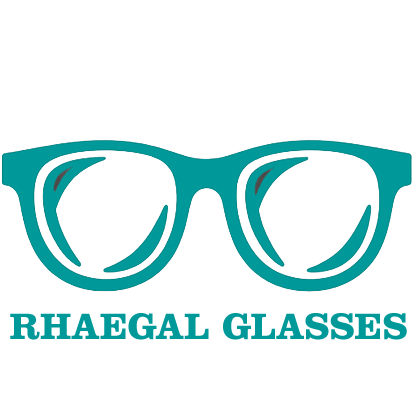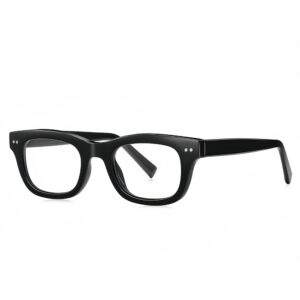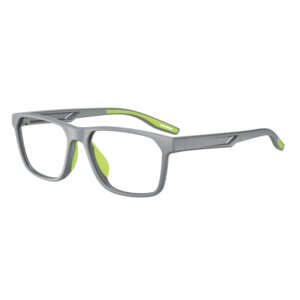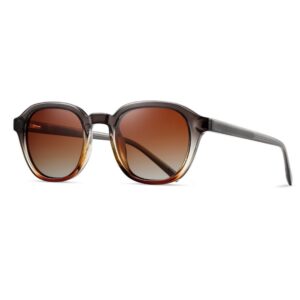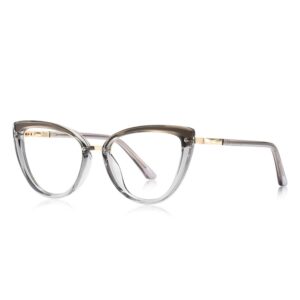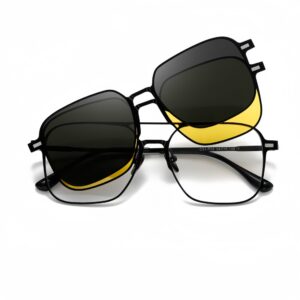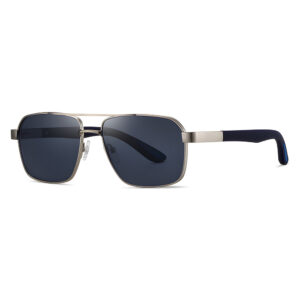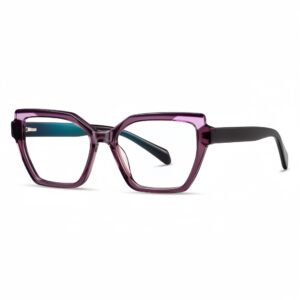

How Do I Match My Face Shape to My Glasses?
Glasses not only have the function of correcting various refractive errors, but also have the function of decorating and covering facial defects. For example, a face with a long nose can choose a frame with a suitable nose bridge, and the nose will not look so long after wearing it. Wearing glasses with dark wide-rimmed frames can hide or cover defects such as drooping eyelids and facial scars, and play a dual effect of correction and beauty. So you must learn to play to your strengths and avoid your weaknesses. There will always be a pair of glasses that suits you, and you will also shine with your own brilliance when wearing it.

Ar trebui să purtați ochelari de soare în timp ce alergați? Dezvăluirea celor mai buni ochelari de alergare pentru o experiență superioară de alergare
Ochelarii de alergare sunt o piesă crucială pentru alergători. Acest articol explorează de ce ochelarii de soare pentru alergare sunt esențiali, evidențiind beneficiile ochelarilor de soare polarizați și ajutându-vă să alegeți cei mai buni ochelari de soare pentru alergare pentru a vă proteja ochii și a vă îmbunătăți experiența de alergare. Vom acoperi totul, de la razele UV la confort și performanță, asigurându-vă că găsiți ochelarii de soare potriviți pentru fiecare alergare. Pregătește-te să descoperi cum să porți ochelari de soare și de ce alergătorii au nevoie de ochelari de soare!

Din ce sunt făcute majoritatea ramelor de ochelari? Descoperă cel mai bun material pentru ochelarii tăi!
Te-ai întrebat vreodată din ce este făcută de fapt rama de ochelari? De la metal la plastic la titan, materialele disponibile pentru rame de ochelari pot fi confuze! Acest articol va explica varietatea materialelor pentru rame, ajutându-vă să alegeți cel mai bun material pentru ochelari care se potrivesc nevoilor dvs., stilului dvs. și oferă o îngrijire optimă a ochilor. Acest ghid este esențial, deoarece materialul potrivit pentru ramă are un impact asupra confortului, durabilității și chiar asupra funcționării lentilelor tale prescrise. Cunoașterea opțiunilor este cheia pentru a alege cele mai bune.
